Measles is an infectious disease caused by the Measles virus, which belongs to the Paramyxoviridae Family. Most children are infected, and symptoms include fever, cough, conjunctivitis, and rash. The disease spreads rapidly through flu droplets, posing a threat to vulnerable populations. Despite the victory of vaccine development, Measles remains a major public health problem worldwide.
The incubation period for Measles is 10 to 14 days after exposure. During this time, the infected person transmits the Virus. The first symptoms are fever, weakness, and cough—Koplik's Nodules appear on the oral mucosa as a maculopapular rash.
Measles compilations range from mild to severe. Pneumonia, otitis media, and Encephalitis are standard and increase morbidity and mortality. People with compromised immune systems are at greater risk of serious complications, emphasizing the need for vaccination to achieve herd immunity.
The World Health Organization (WHO) recommends the two Measles vaccines for protection. A single dose is critical. The Measles, mumps, and rubella (MMR) Vaccine effectively reduces the risk of Measles in childhood. Maintaining high vaccination rates is vital in preventing the resurgence of measles and protecting vulnerable populations.
Despite progress in measles prevention–challenges such as lack of vaccinations, scarce health services, and poor treatment still need improvement in some areas. These factors contribute to local epidemics and hamper global measles prevention efforts.
Measles prevalence varies widely based on factors such as vaccination coverage, health infrastructure, and economic conditions.
Measles is rare in some regions–especially those with large populations, diseases, immunization programs, and immunization coverage. These areas benefit from herd protection, which limits the skill of viruses to spread throughout the population.
On the other hand, areas with problems such as lack of vaccination, limited health services, or poor vaccination and measles outbreaks may take longer. These communities are exposed to a wide range of infectious diseases, which can lead to an increase in cases and serious public health problems, an opportunity for measles to persist in some regions of the world. Issues such as vaccine distribution, public perception, and political opinion can hinder vaccination programs.
The severity of measles can range from mild to severe, depending on various factors, including the person's health, age, and vaccinations. In mild cases, symptoms include fever, cough, and rash; people can survive without serious problems.
Severe cases, especially in vulnerable populations, may show symptoms such as Pneumonia, encephalitis, or otitis media. Children, pregnant women, and people with weakened immune systems are more likely to develop more serious side effects.
The importance of vaccination in reducing the risk of measles cannot be overstated![]() . Those vaccinated have mild symptoms and, in some cases, no symptoms, demonstrating the vaccine's effectiveness. Beyond that is the public health need for a mass vaccination program.
. Those vaccinated have mild symptoms and, in some cases, no symptoms, demonstrating the vaccine's effectiveness. Beyond that is the public health need for a mass vaccination program.

The flu is extraordinarily contagious and is easily spread from person to person through flu droplets when an infected person breathes, coughs, or sneezes. The virus's contagiousness increases before symptoms appear, making fast identification and isolation of cases difficult.
People infected with the measles virus can spread it to others, especially those who have not been vaccinated for previous illnesses. The Virus can survive and spread in the air and on surfaces for a long time, making it useful for transmission.
Measles is caused by the measles virus, which belongs to the Paramyxoviridae family![]() . The disease is spread mainly by flu droplets released when an infected entity coughs, sneezes, or says something. Viruses live in the air or on surfaces, creating an ideal environment for disease.
. The disease is spread mainly by flu droplets released when an infected entity coughs, sneezes, or says something. Viruses live in the air or on surfaces, creating an ideal environment for disease.
Many risk factors impact the susceptibility and severity of measles. First, people who don't have a previous infection because they haven't received the measles, mumps, and rubella (MMR) vaccine and haven't been exposed to the Virus in the past are at a higher risk of getting the disease.
Young children, especially the younger ones, are at greater risk. After five years, you are more susceptible to Measles and have a higher risk of serious complications. In addition, unvaccinated or unvaccinated older adults are at greater risk of unfavorable side problems.
Entities with weakened immune systems![]() , such as those with particular diseases, health conditions, or medical treatment, are at increased risk of illness. Also, a lowered ability to engage an effective immune response increases vulnerability to the harmful effects of the Virus.
, such as those with particular diseases, health conditions, or medical treatment, are at increased risk of illness. Also, a lowered ability to engage an effective immune response increases vulnerability to the harmful effects of the Virus.
Economic conditions increase the risk of measles. Places with limited access to health care and inadequate or no immunization coverage are at increased risk for measles and adverse outcomes.
Traveling to places where there is a risk of death from measles increases the risk. Therefore, if an unvaccinated entity goes to an area where measles is ongoing, the risk of contracting the Virus increases.
Measles has many symptoms, including respiratory and systemic problems. The first symptoms are fever, chills, and cough. This cough precedes the symptoms of Measles:

Measles can cause many problems, especially in people with weakened immune systems and limited access to health care:
Diagnosing measles involves thoroughly evaluating clinical symptoms, travel information, and vaccination status. The typical measles syndrome, characterized by fever, cough, and conjunctivitis followed by a typical rash, helps in clinical diagnosis.
Thus, healthcare providers usually rely on confident clinical presentations and typical symptom patterns to diagnose measles. Koplik's spots![]() , small white lesions on the lining of the mouth, further support the clinical diagnosis.
, small white lesions on the lining of the mouth, further support the clinical diagnosis.
Once measles is identified, laboratory tests such as serological tests or polymerase chain reaction (PCR) tests can be used to confirm the diagnosis concerning the Virus and its specific antibodies. However, these tests are often indicated for atypical factors or when confirmation is critical for public health surveillance.
Health specialists may also want the patient's travel history, especially if they have been to areas with active measles infection. This data can help estimate the likelihood of exposure and confirm a diagnosis.
In some cases, healthcare experts may work with public health officials to contact people who may have been exposed to the Virus for surveillance, identification, and follow-up. This proactive approach helps prevent further spread in the community.
To sum up, diagnosing measles involves a combination of clinical evaluation, identification of typical symptoms, and in some cases laboratory tests. Rapid diagnosis allows healthcare experts to implement appropriate management plans, initiate public health interventions, and reduce the potential for viral spread.
Measles treatment focuses on relieving symptoms and preventing complications because there is no cure. Supportive care controls clinical symptoms and shuts down the body's natural antiviral abilities.
Relaxation and hydration play a huge role in the treatment of measles. Drinking many fluids can help prevent dehydration, particularly when fever and other dehydration-related symptoms worsen.
Over-the-counter medications such as acetaminophen and ibuprofen are advised to relieve pain and prevent fever. However, aspirin should be avoided in children with measles because of the risk of developing Reye's syndrome, an uncommon but serious condition.
If complications such as bacterial infection from measles occur, other options, such as antibiotics, are needed. Cancer, otitis media, and other secondary infections can be cured with a proper medical approach.
Isolation measures should be taken to prevent the Virus from spreading to others. Infected people should be isolated from unvaccinated people, especially those at higher risk, to reduce the risk of infection.
In addition, vitamin A supplements can reduce the strength of A deficiency when it appears. It significantly reduces the disease's effects and complications in children.
Seeing for complications such as respiratory problems or neurological factors is essential to measles treatment. If serious complications occur that require particular intervention and therapy, treatment should be quickly initiated.
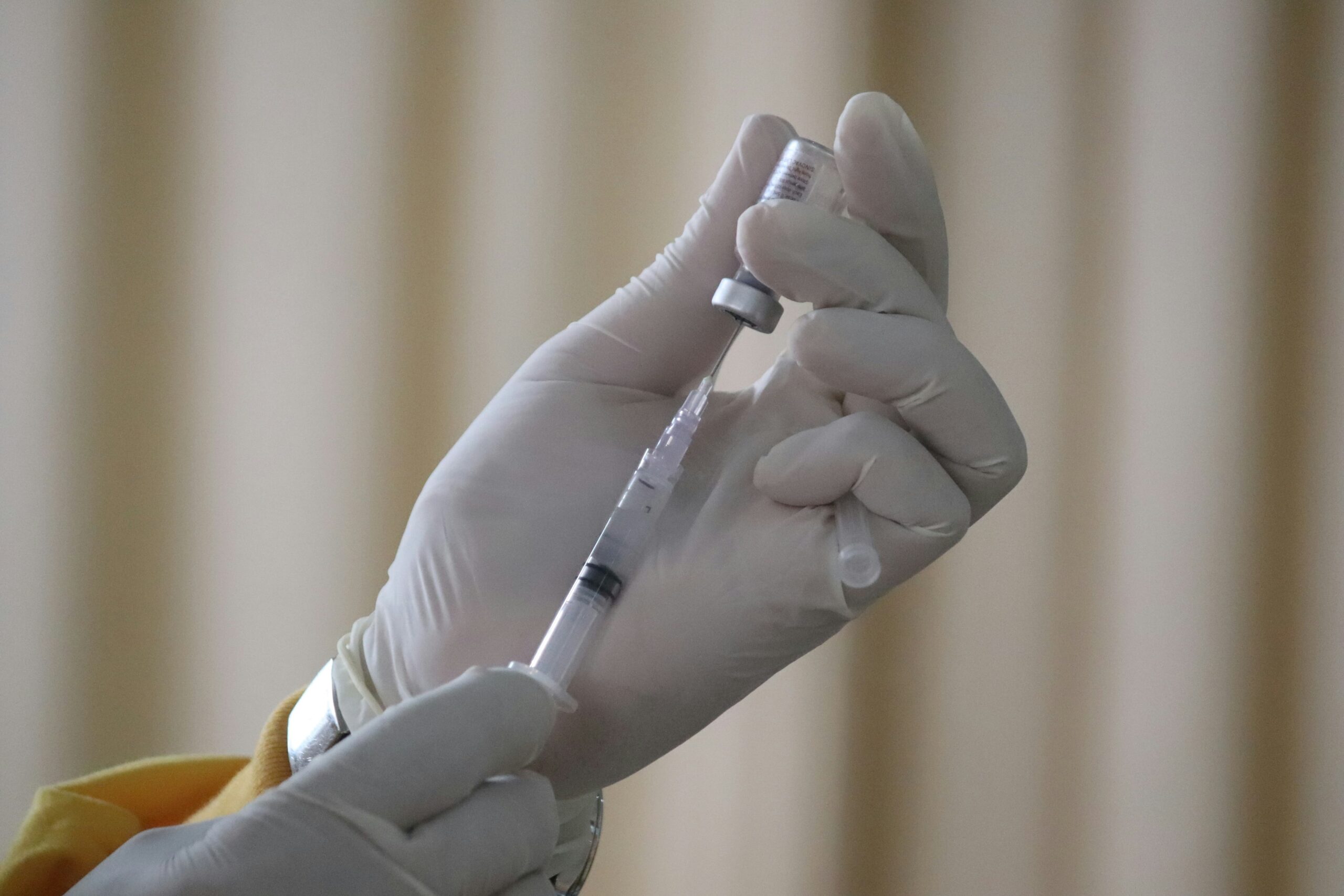
Measles's danger depends on several factors, including age, general well-being, and medical conditions. Generally, most people who test positive for measles have symptoms that go away within a few weeks.
In people who are not sick, Measles usually vanishes. The fever, cough, and rash disappear step by step and do not last long. However, complications can occur that affect the overall prognosis.
Severe complications, such as Pneumonia![]() or cancer, can occur, especially in young children and people with weakened immune systems. These complications can take time to disappear and, in some cases, have permanent health effects.
or cancer, can occur, especially in young children and people with weakened immune systems. These complications can take time to disappear and, in some cases, have permanent health effects.
Although the mortality rate is high, Measles is like gold dust in developed countries where health care is available. On the other hand, areas with limited health resources and high levels of hunger are in sizeable danger of unfavorable outcomes.
If you have measles, remember to be aware of possible complications and immediately go to the emergency place. Most Measles resolve independently, but some signs and symptoms require immediate attention.
If the fever lasts for several days or is severe, you may need medical attention or supplies. An elevated body temperature can indicate a problem such as Pneumonia, which doctors should observe and treat quickly.
See a doctor if you experience shortness of breath or rapid breathing. Tiredness and Asthma can cause shortness of breath, so immediate steps should be taken to relieve shortness of breath and prevent further complications.
Symptoms of the heart, such as feeling dizzy or loss of consciousness, and other serious conditions should be treated immediately. Although measles is rare, it is a harmful sickness that requires immediate medication or procedures to reduce long-term effects.
Emergency treatment is needed if there is dehydration with symptoms such as extreme thirst, dark urine, or decreased urine generation. Maintenance is important. Dehydration can impact the effects of Measles and requires immediate action to restore fluid balance.
Measles can be defeated before it develops by preventive measures, the most important and effective method of vaccination. The two-dose measles-mumps-rubella (MMR) vaccine provides reliable protection against measles infection. Ensuring fast vaccination is essential for developing immunity and general protection of the community against the Virus.
In addition to vaccination, good hygiene, such as frequent hand washing, helps prevent the spread of the Virus of Measles Disease. This simple but effective strategy reduces the risk of contact with contaminated surfaces and helps prevent the spread of the Virus.
Knowing your vaccination status is a must for preventing measles. Often, evaluations, especially for those at higher risk or planning international transport, ensure that individuals are appropriately protected and can take the necessary steps if needed.
If you have been exposed to measles (such as close contact with an infected person), seek medical attention now; attention can be handy. In some cases, on-time intervention, including post-exposure vaccination, can help reduce the risk of spreading the Virus.
While persons' actions impact personal protection, community-wide measures such as supporting vaccination plans and eliminating vaccine misinformation work together to prevent measles epidemics and guard society's overall well-being.
Caused of a highly contagious Virus, measles remains a concerning health problem worldwide despite the invention of a vaccine. Its symptoms include fever, cough, conjunctivitis, and rash, and it is spread through respiratory drops. The incubation period is 10 to 14 days. The Virus spreads fast before symptoms appear.
Unvaccinated people, including children and the elderly, are at greater risk. A weakened immune system, financial trouble that leads to low quality of life, and international travel increase vulnerability.
Symptoms include fever, cough, skin rashes, and Koplik's nodules. However, a particular case may be an issue that needs further study. Therefore, diagnosis of measles requires a clinical evaluation, determining clinical signs, and sometimes laboratory tests. Public health measures, such as contact tracing, can reduce the spread.
Treatment concentrates on making symptoms vanish, providing fluids, and preventing complications. Vitamin A supplementation can reduce the severity, especially in scarce food areas. As for prognosis– it varies and may indicate the need for emergency medical attention in severe cases.
If fever, difficulty breathing, or neurological symptoms persist, seek immediate medical attention. Prevention includes vaccination, good hygiene, immunizations, and daily post-exposure treatment.
Measles is preventable, but there are many factors related to it. It is wise to manage the impact and increase the responsibility of the international society for widespread safety.
Table of Contents
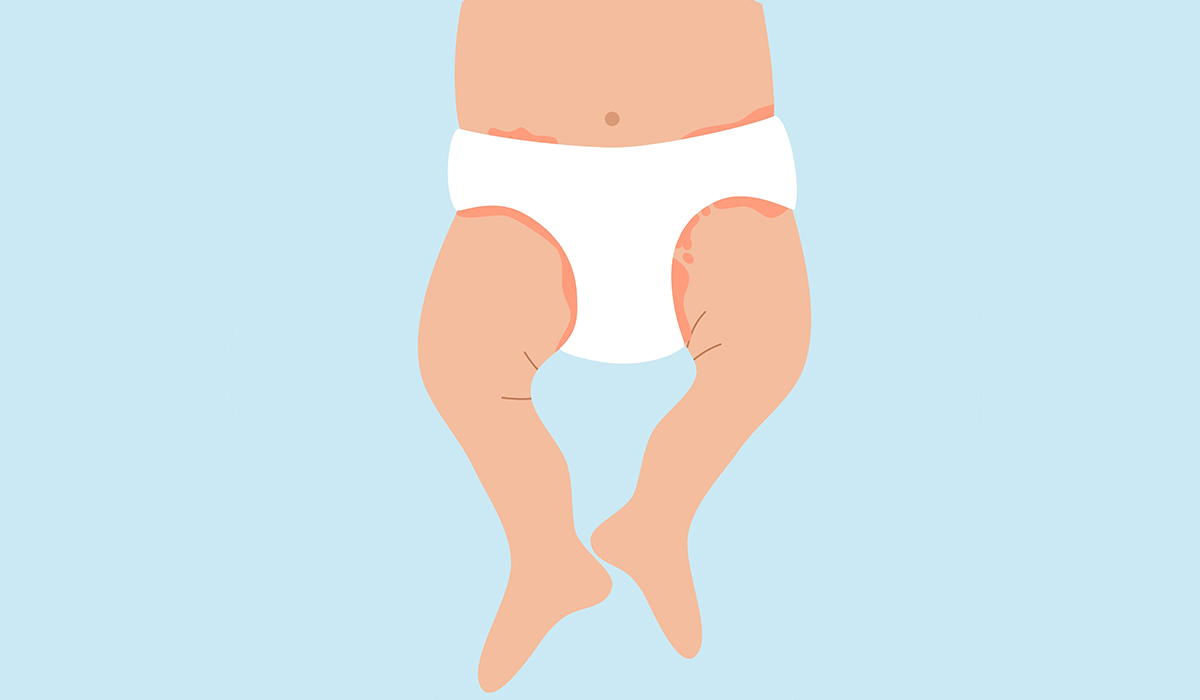
Diaper rash is when little kids and babies sometimes get a rash from wearing nappies if their skin is wet… read more »

Whooping cough is an acute infectious disease of the respiratory system caused by bacteria. What are its causes and symptoms?… read more »
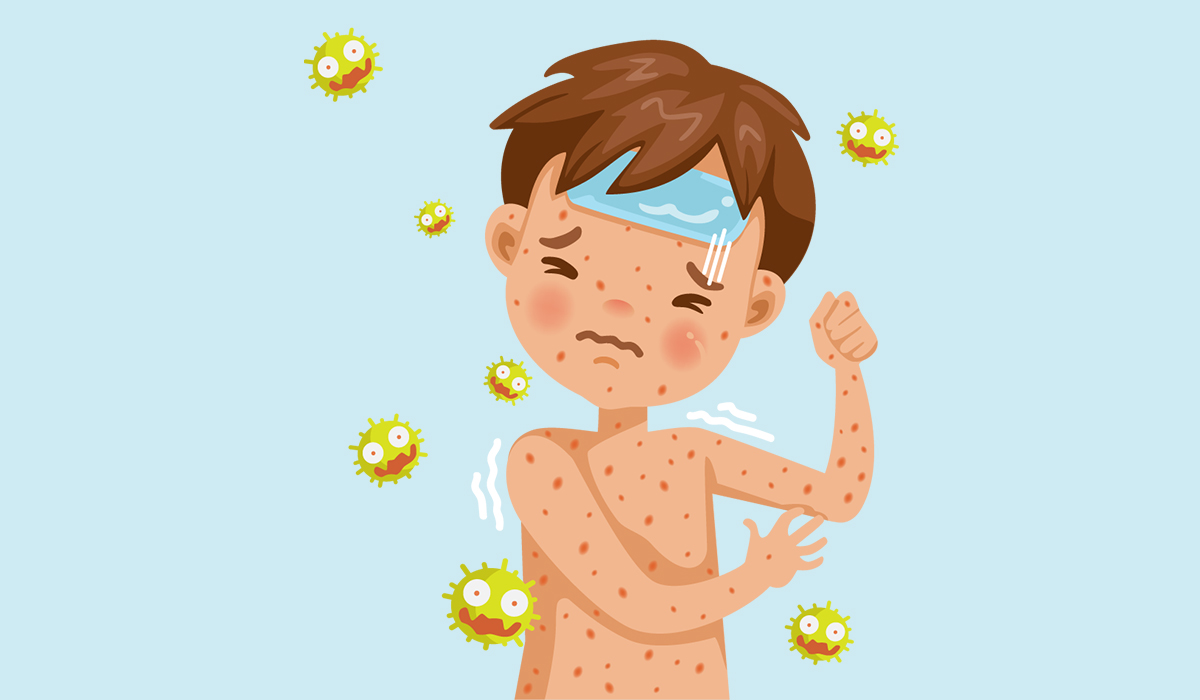
Rubella is an infectious disease caused by a specific type of virus. It is most commonly diagnosed in children. Find… read more »
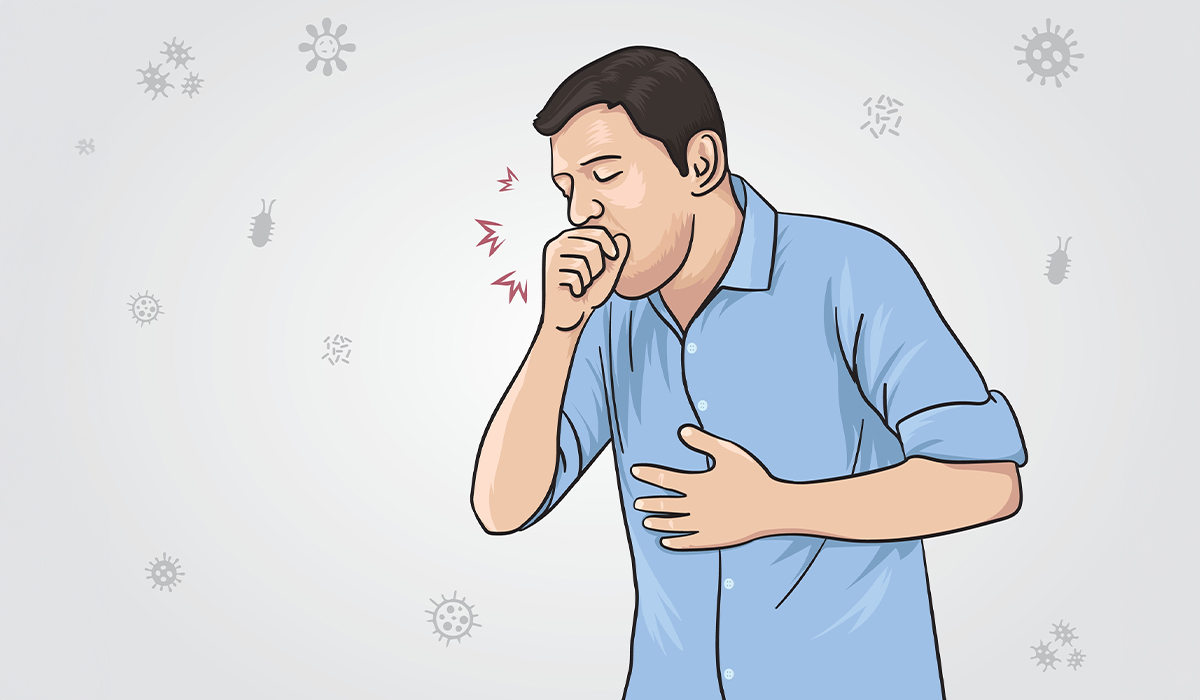
A dry cough is a situation in which the cough does not produce any secretions. What is it a symptom… read more »
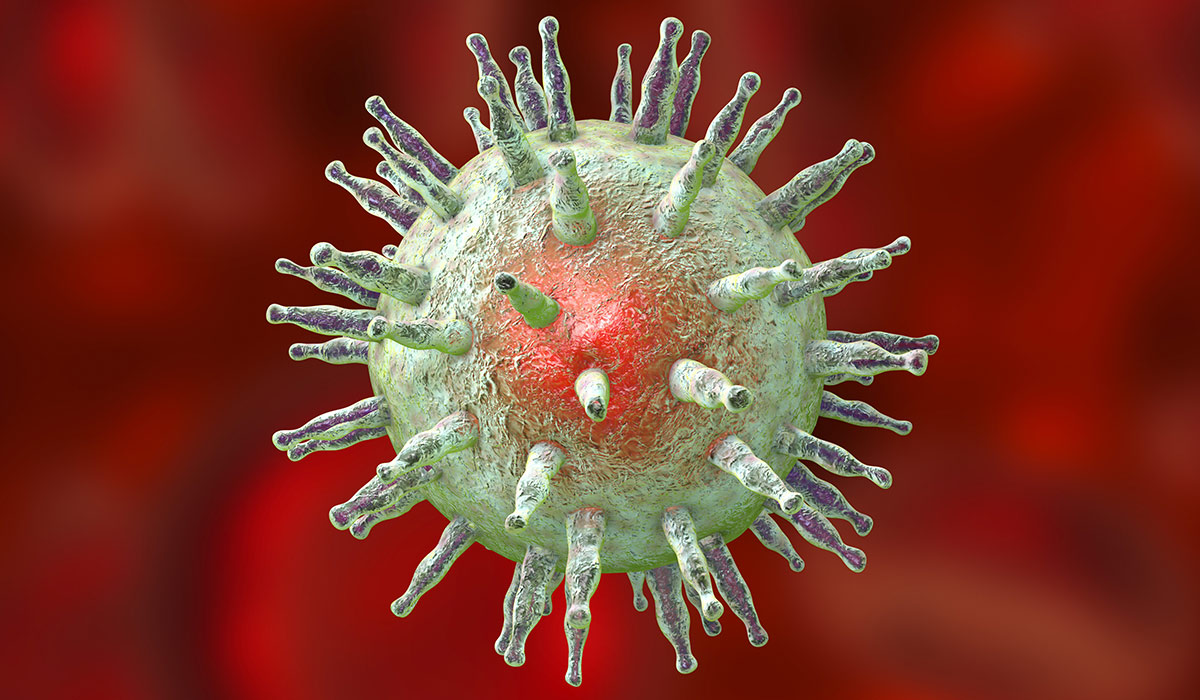
Epstein Barr Virus is a pathogen that causes infectious mononucleosis and many other diseases. Learn about the risks associated with… read more »
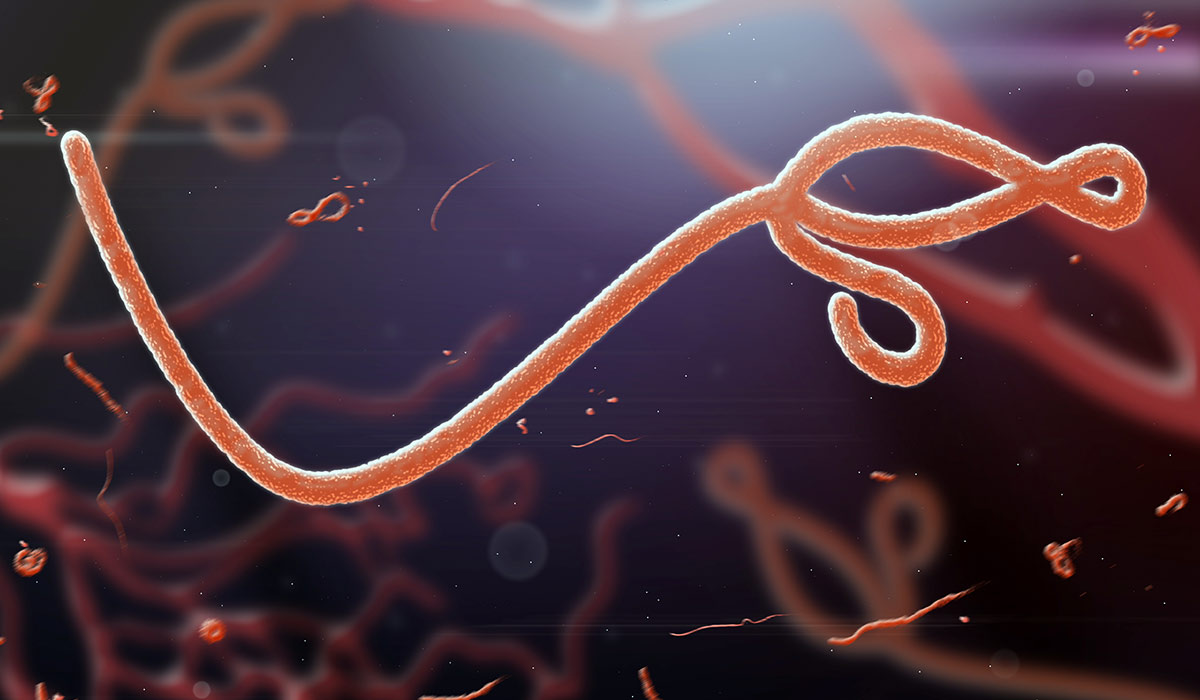
The Ebola virus continues to pose a threat to those living in Africa. Learn about the risks associated with Ebola… read more »

The vaccine imitates a natural infection and leads to the development of immunity similar to that obtained during the first… read more »
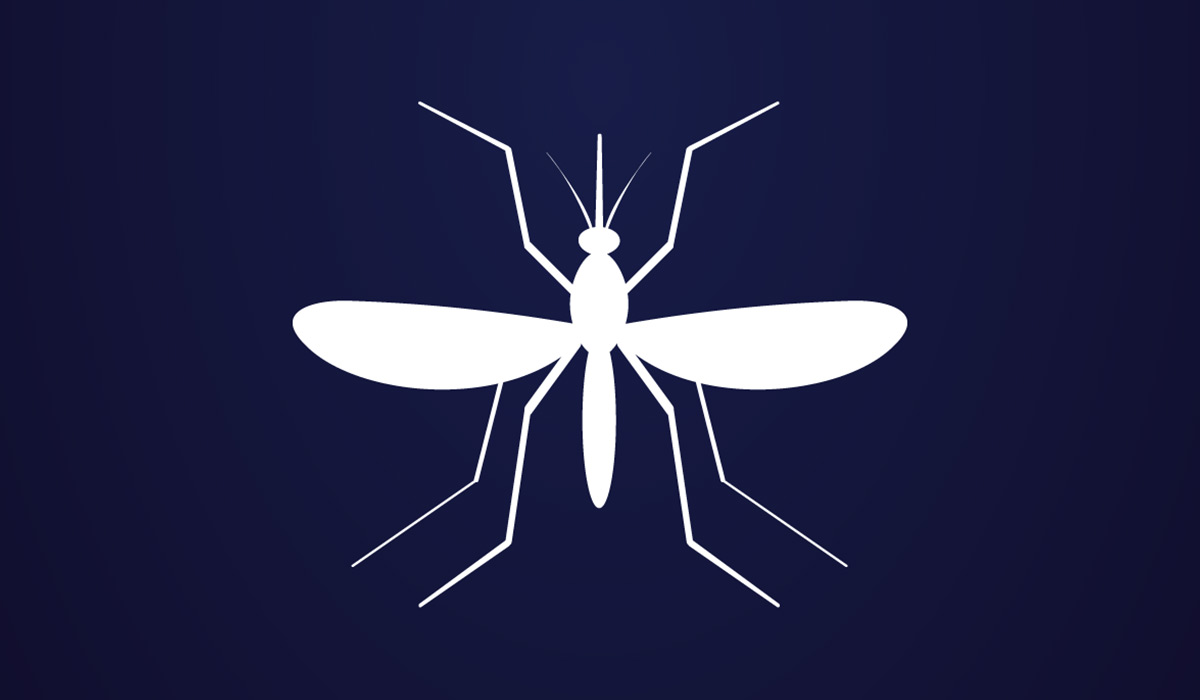
West Nile Virus is a threat not only to Africans. Fortunately, most patients pass the infection mildly, but there are… read more »

Polio is a disease that is now very rare. However, not being vaccinated can increase the risk. Find out about… read more »